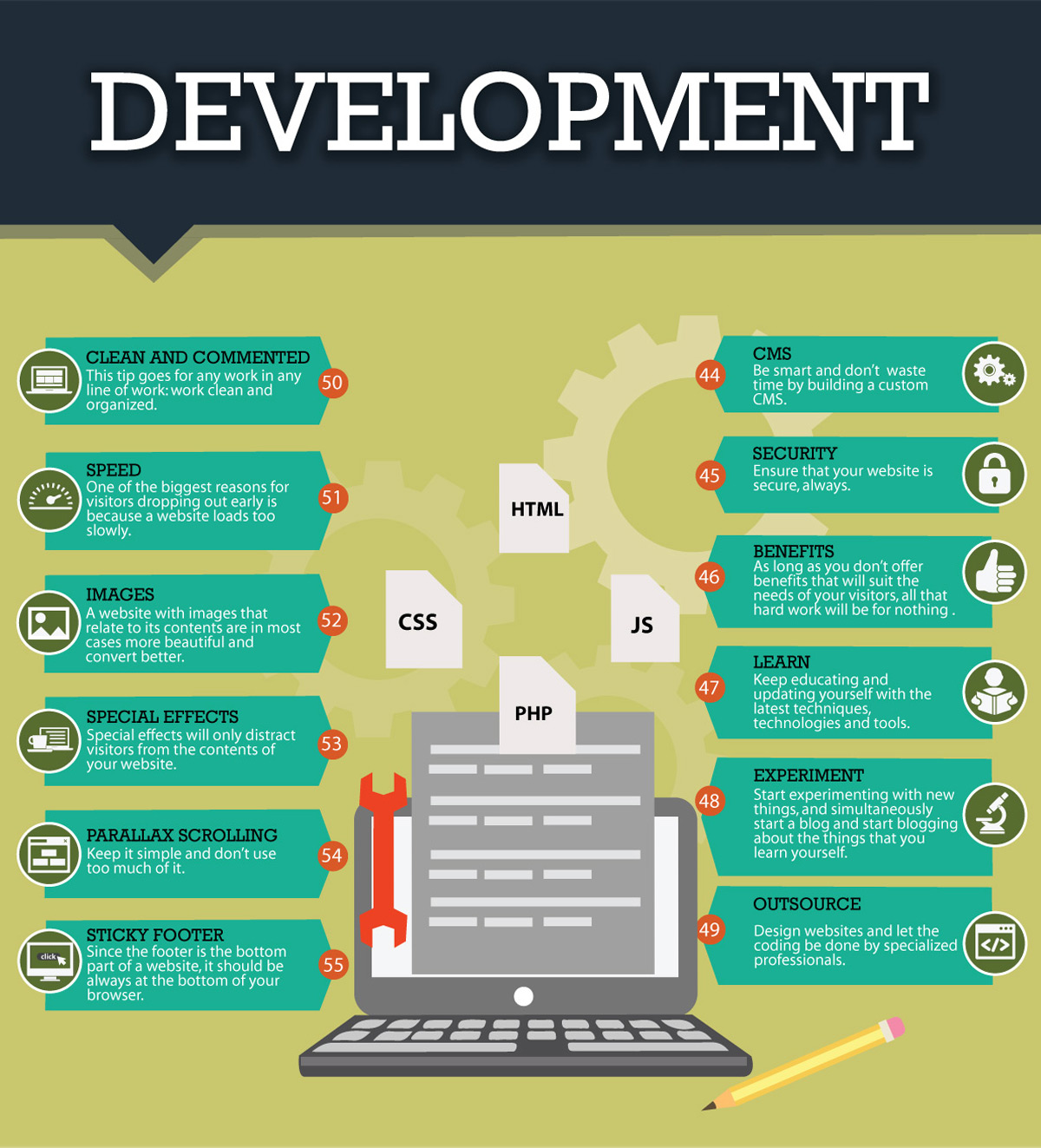Envision a site where every aspect competes for your interest, leaving you feeling overwhelmed and unclear of where to concentrate.
Now picture a site where each aspect is very carefully set up, guiding your eyes easily with the web page, offering a smooth customer experience.
The distinction hinges on the power of aesthetic pecking order in web site layout. By tactically arranging and prioritizing elements on a web page, designers can develop a clear and instinctive course for users to adhere to, ultimately boosting interaction and driving conversions.
But exactly how precisely can you harness this power? Join us as we check out the concepts and strategies behind reliable aesthetic power structure, and find how you can boost your site layout to new heights.
Understanding Visual Power Structure in Website Design
To properly share information and guide users with an internet site, it's essential to comprehend the principle of visual power structure in web design.
Aesthetic hierarchy refers to the setup and organization of elements on a web page to emphasize their relevance and develop a clear and intuitive individual experience. By establishing a clear visual pecking order, you can route individuals' attention to the most vital details or actions on the page, enhancing use and involvement.
This can be achieved through different style strategies, including the critical use dimension, shade, comparison, and positioning of components. For example, bigger and bolder elements generally bring in more interest, while contrasting colors can develop aesthetic contrast and draw emphasis.
Principles for Reliable Visual Power Structure
Comprehending the concepts for effective aesthetic power structure is essential in developing an user-friendly and interesting internet site design. By complying with these principles, you can ensure that your site effectively communicates details to individuals and overviews their attention to the most essential elements.
One principle is to make use of dimension and range to establish a clear visual power structure. By making vital components larger and extra prominent, you can accentuate them and guide customers with the web content.
One more principle is to use comparison effectively. By using contrasting colors, fonts, and forms, you can develop visual differentiation and highlight crucial info.
In addition, the principle of distance recommends that associated components should be grouped with each other to aesthetically connect them and make the web site a lot more arranged and very easy to navigate.
Implementing Visual Pecking Order in Web Site Design
To apply visual power structure in site design, prioritize crucial elements by changing their size, shade, and setting on the web page.
By making crucial elements bigger and more popular, they'll normally attract the individual's focus.
Use contrasting colors to produce aesthetic contrast and highlight vital details. For example, you can make use of a strong or dynamic color for headings or call-to-action switches.
Furthermore, consider the position of each component on the web page. Place vital aspects on top or in the center, as customers often tend to concentrate on these areas first.
Conclusion
So, there you have it. Aesthetic power structure resembles the conductor of a harmony, assisting your eyes through the internet site layout with finesse and style.
It's the secret sauce that makes a web site pop and sizzle. Without it, your style is simply a jumbled mess of random aspects.
However with visual hierarchy, you can create a masterpiece that orders attention, connects properly, and leaves a long lasting perception.
So go forth, my friend, and harness the power of aesthetic pecking order in your site layout. secure website hosting will thanks.
